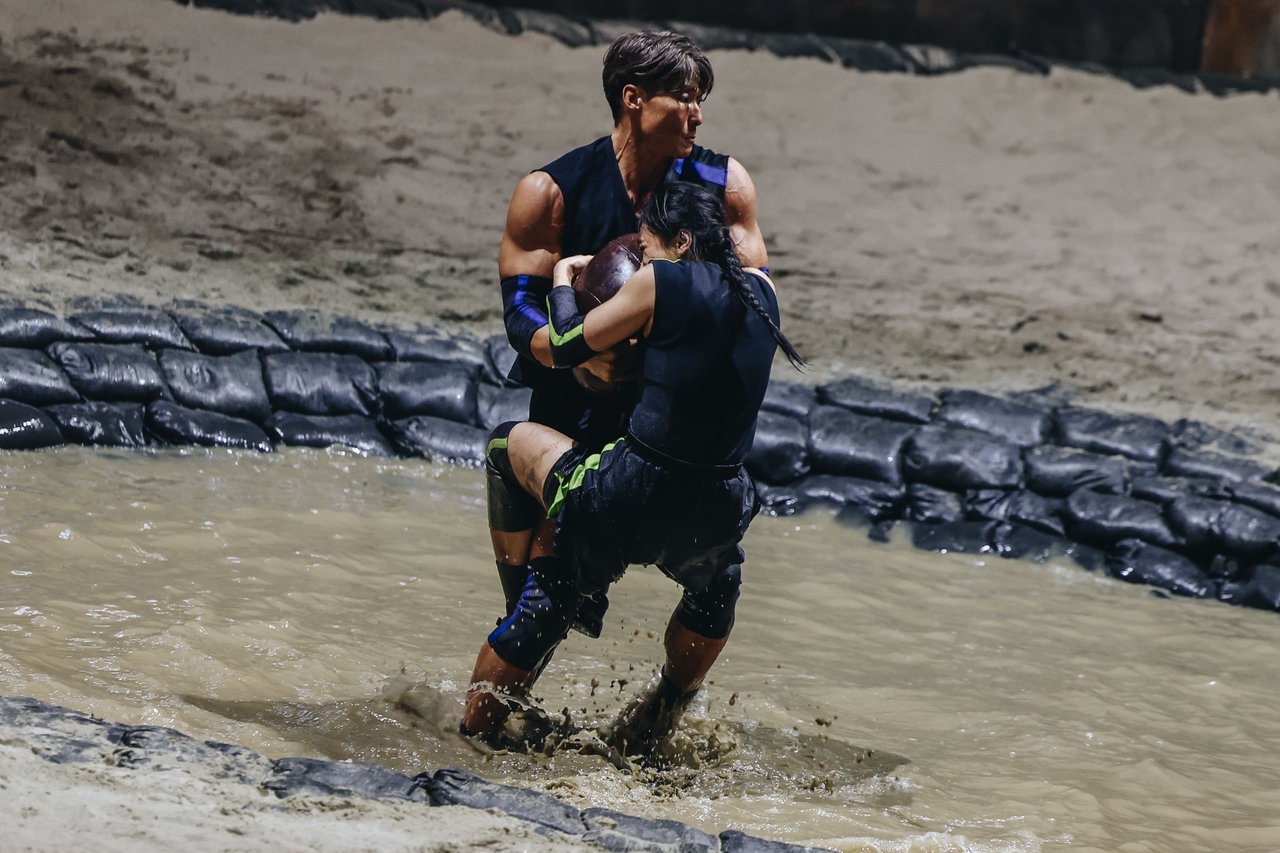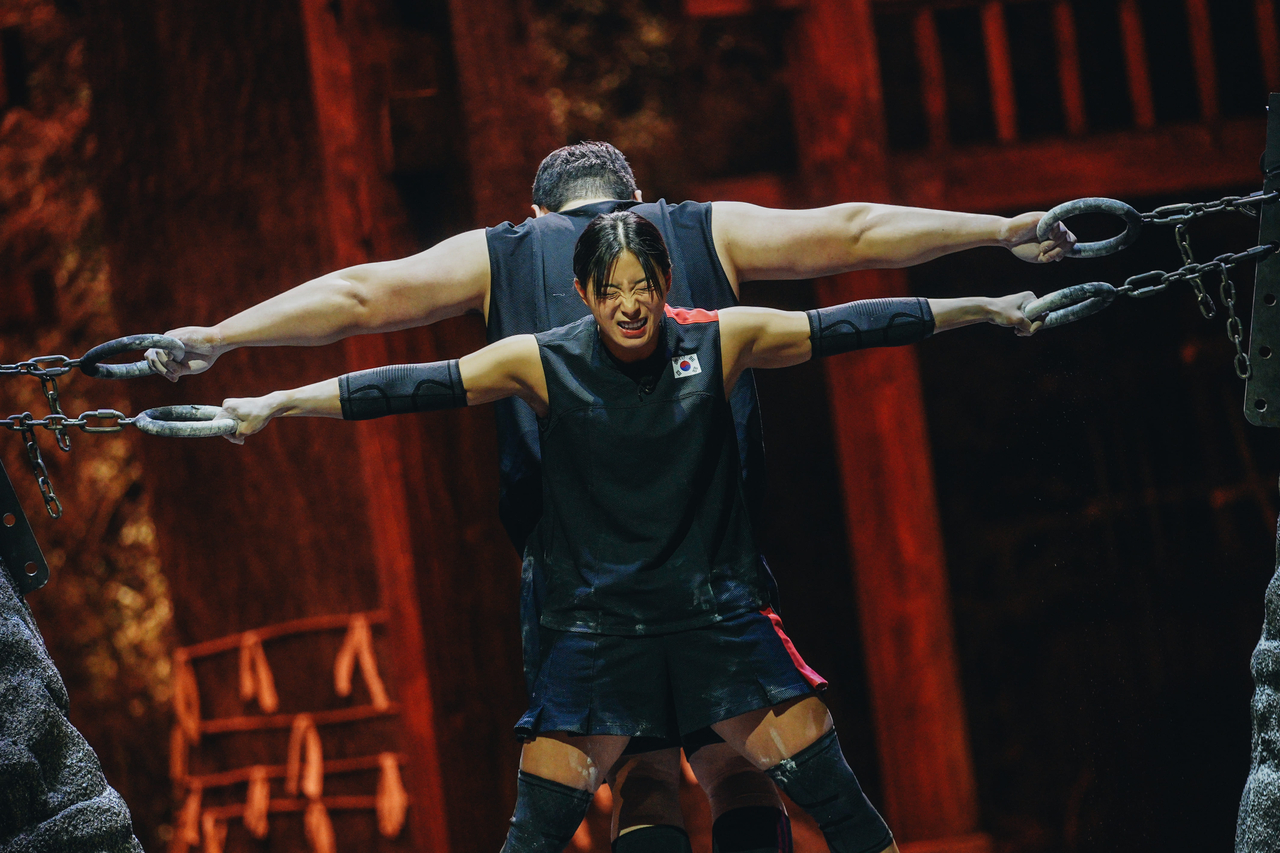
The nation-versus-nation competition series Physical: Asia is back, and it’s bigger, bolder, and capturing global attention.
According to Netflix’s Tudum Top 10 website, the show recorded 5.2 million views (calculated by dividing total watch time by the show’s runtime) between October 27 and November 2, ranking 3rd in the Global Top 10 TV Shows (Non-English) category.
Physical: Asia also appeared on Top 10 lists in 44 countries, hitting number one in eight of them—setting a new benchmark for K-survival variety shows. The series proved especially popular in the home countries of its participants, including South Korea, Thailand, Turkey, Indonesia, Australia, and the Philippines, highlighting its broad international appeal.
Episodes 5 and 6, released Tuesday, raised the stakes with the first team elimination. The intense death-match battles and the athletes’ unwavering determination left viewers captivated, showcasing their relentless fighting spirit.

In the second challenge, the Shipwreck Transport Battle, a dramatic ball-stealing showdown determined which losing countries—Japan, Thailand, Indonesia, and the Philippines—would be eliminated.
One standout moment came from Indonesian contestant Pina, who clung tenaciously to towering Japanese competitor Yoshio Itoi. Her grit and determination left a lasting impression, embodying the spirit of the competition.

Even amid fierce battles, sportsmanship shone through in handshakes exchanged with mutual respect. Despite consecutive losses, the athletes gave their all until the very end, showing what an honorable defeat truly looks like.
Leaders of the eliminated countries left heartfelt reflections, saying, “We came together for a single goal, and we are grateful for this beautiful opportunity,” leaving viewers deeply moved.
Meanwhile, victorious teams surviving the grueling death matches fired up anticipation for what’s next with statements like, “The real battle starts now” and “It’s time to topple the Goliath,” signaling even fiercer competitions ahead.

The third quest, the Team Leaders Challenge, featured six countries—including South Korea, Mongolia, Turkey, Australia, and the surviving deathmatch nations—pushing themselves to the limit across four extreme games: ? Solo Hanging Endurance ? Two-Person Stone Pillar Hold ? Solo Sack Passing ? Two-Person Pole Jumping.
Tension ran high from the team selection draw, with every participant required to compete in at least one event. In the case of a tie, Pole Jumping rankings would decide the winner, adding an extra layer of strategy as viewers watched each country allocate athletes and craft game plans.
The athletes’ perseverance, pushing themselves to the edge for the sake of their teams, kept audiences glued to the screen.

In the Two-Person Stone Pillar Hold, the Korean team stood out for their unity, endurance, and strategy, fielding Jang Eun Sil and Kim Min Jae, unlike other teams that relied solely on male competitors.
Even in painful moments, Australia’s Alexandra made waves by gritting his teeth and refusing to give up for his team.
Meanwhile, a team initially considered an underdog refused to be intimidated. “We didn’t come here to lose,” they declared, ultimately tying with a highly favored team and setting the stage for an even more thrilling remainder of the third quest.
Episodes 7–9 of Physical: Asia will be available exclusively on Netflix worldwide on Tuesday, November 11.










